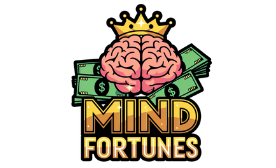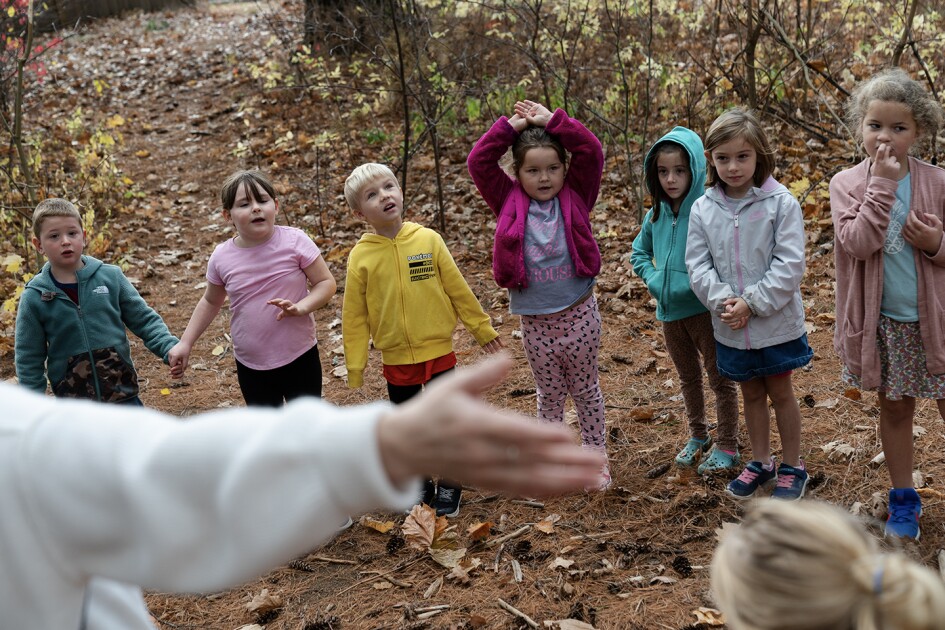It’s that time of year when kindergartners proudly march across the stage to receive a certification of completion, enjoy the summer, and look ahead to 1st grade.
This transition once represented a big leap, with students moving from kindergarten classrooms dominated by “play” centers (think dress-up, blocks, and paint easels) and sing-alongs to 1st grade, where students typically are expected to sit at their desks, listen to their teacher’s instructions, and learn how to read. But over the past few decades, the line between kindergarten and 1st grade at many schools has become increasingly blurred, with the former often looking much more like what the latter once did.
In the first half of the 2010s, “we were pushing play out, and play was becoming something that we were having to do secretly,” said Amber Nichols, a former longtime kindergarten teacher and the 2023 West Virginia Teacher of the Year. “There was much less focus on play and social-emotional learning and definitely much more academic-based content.”
These changes to kindergarten received a lot of attention around that time. In 2016, the widely disseminated study, “Is Kindergarten the New First Grade?,” based on an analysis of nationally representative data, found that kindergarten teachers in 2010 were more than twice as likely as those in 1998 to expect most children to leave their classrooms knowing to read. At the time, some educators and child development experts suggested that backlash to the ramped-up expectations would ensue.
So, what has happened to kindergarten in the 15 years since? The authors of the 2016 study hoped to find out—but their research has been stymied by cost-cutting efforts from the Department of Government Efficiency.
“There was a lot of interest in the new 2024 ECLS [Early Childhood Longitudinal Study] data, which would have allowed us to rigorously assess how much kindergarten has changed, whether the pendulum has swung, et cetera,” said Daphna Bassok, lead author of the original 2016 report and professor of education and public policy at the University of Virginia. “Unfortunately, this study was one of the contracts that DOGE canceled midstream.”
Elon Musk, the creator of DOGE, left his role in the Trump administration on May 30, and his team have canceled millions of dollars in research agreements at the U.S. Department of Education.
Despite the absence of updated analysis of federal data on kindergarten expectations, teachers say that standards have continued on a more academically accelerated trajectory, even as a fair number of kindergartners today struggle with basics like emotional regulation and fine and gross motor skills.
Experienced educators spoke to Education Week about how they’ve learned to adjust—striving to meet academic expectations once aligned more with 1st grade while holding fast to approaches they believe meet kindergarteners where they are.
Integrating ‘traditional’ kindergarten skills practice with academics
As David Buskirk, a veteran award-winning kindergarten teacher in Frostburg, Md., has grown accustomed to having his students complete more worksheets and other “seat” activities than ever before, he continues to incorporate—and even lean into—traditional kindergarten-skills practice.
For instance, as students complete workbook pages, he emphasizes the fine motor skills he wants to see them practice.
“I always talk about your iPad grip or how to grip a pencil and build the strength in your hands,” he said. “I make it more about that rather than, ‘You must complete this worksheet.’”

Also during academic-focused activities, Buskirk finds ways to integrate playful resources that kindergarteners from decades ago used routinely, like Play-Doh and Legos.
“I’m trying to make it fun and play-based for them, but also still sticking with the curriculum and our standards,” he said.
Advocating for short bursts of academics mixed with ‘immersive’ learning
Nichols, the former longtime kindergarten teacher who now serves as the public-relations coordinator at West Virginia’s Monongalia County schools, isn’t against introducing kindergartners to academics.
“There is an absolute place for explicit instruction in which children are seated and they’re focused, and there is a pencil, there’s a marker, there is a whiteboard,” she said. “Kids have to be exposed to the utensils that they’re going to be exposed to in 1st grade. But that doesn’t have to be our entire day, and it shouldn’t be.”
For example, take a seven-minute phonics lesson: “This is explicit, it’s table-driven—meaning all of our students are in their seats, and they’re with their white boards, and they’re making the letter ‘A,’ Nichols said.
“But then we’re going to come to the carpet, and we’re going to do this really cool activity in which we become apples on the carpet, roll ourselves in a ball. Kids have to be moving.”
The key to making the academics stick at this age, Nichols said, is incorporating that immersive piece.
“This immersive, or experiential, learning, in which you provide an environment where the kids are immersed into the culture of whatever you’re learning, is going to provide better results, going to provide better engagement, and it’s also going to be a place in which the kids feel safe, and they take risks, and they they want to come to school, and they want to learn,” she said.
A return to child-directed play
New Hampshire kindergarten teacher Jessica Arrow takes this concept of immersive learning one step further, eliminating “pen-and-paper” work and other explicitly academic activities from her curricula. The veteran educator didn’t always eschew these strategies.
She spent her first decade or so teaching kindergarten the way she was taught to do as an undergraduate education major.
“The expectation was that children were listening, sitting still, attending and hopefully absorbing everything I was saying,” said Arrow, who has spent her entire teaching career at Symonds Elementary School in Keene, N.H.
But the explicit instruction method wasn’t working for Arrow or her students, she recalled.
“I was feeling constantly frustrated because I was constantly redirecting children, they seemed disengaged, they seemed unhappy, and I truly did not feel fulfilled in my work,” she said.
She returned to graduate school, earning a master’s degree in education in a program that focused on guided play and nature-based learning for early elementary students.
“I became really interested in figuring out how children can engage with materials and experiences in a more hands-on, experiential way, and that is what led me to more of a focus on play-based learning,” Arrow said.
In 2018, New Hampshire amended a pre-existing education law to be better aligned to Arrow’s play-centric approach to learning, asserting that kindergarten educators should “create a learning environment that facilitates high-quality, child-directed experiences based upon early childhood best teaching practices and play-based learning that comprise movement, creative expression, exploration, socialization, and music.”
These days, Arrow’s classroom looks very much like kindergartens of decades ago: lots of centers where students engage in imaginative play; tables that fit four to six children at each. Absent are worksheets or pen and paper. But state standards remain at the forefront of Arrow’s mind, and she believes her class addresses many of them away from their desks.
“Our common-core standards include a great number of language standards, so it’s been really cool also to see the way in which I can address speaking and listening standards through opportunities to play,” she said.

